The knee is a complex joint formed by the thigh bone (femur), shin bone (tibia), and knee cap (patella). Cartilage covers the ends of the bones to help smooth, pain-free movement. Menisci (medial and lateral) act as shock absorbers and provide stability. Ligaments (ACL, PCL, MCL, LCL) hold the joint together.
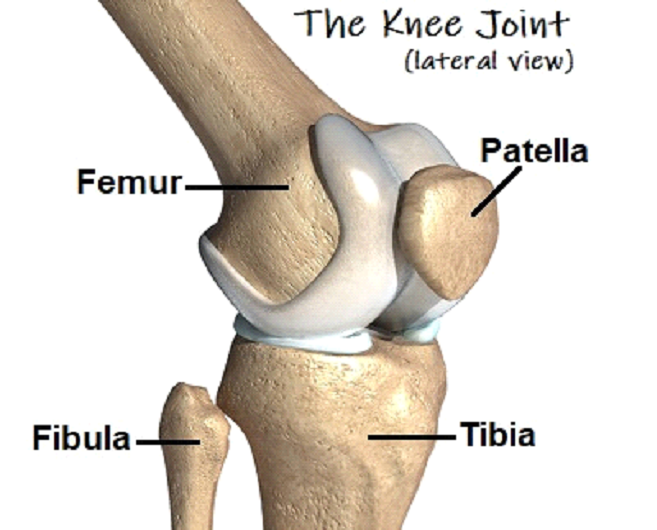
Doctors evaluate knee pain using history, physical exam, and investigations:
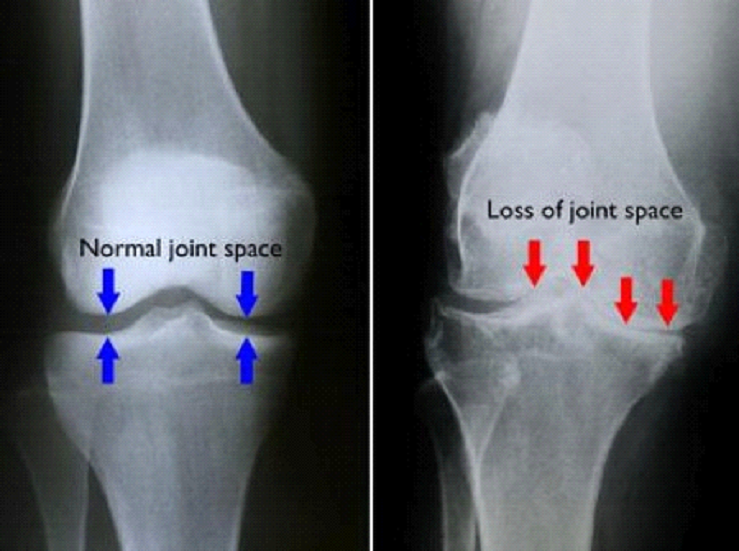
(Left) In this X-ray of a normal knee, the space between the bones indicates healthy cartilage (arrows). (Right) This X-ray of an arthritic knee shows severe loss of joint space.
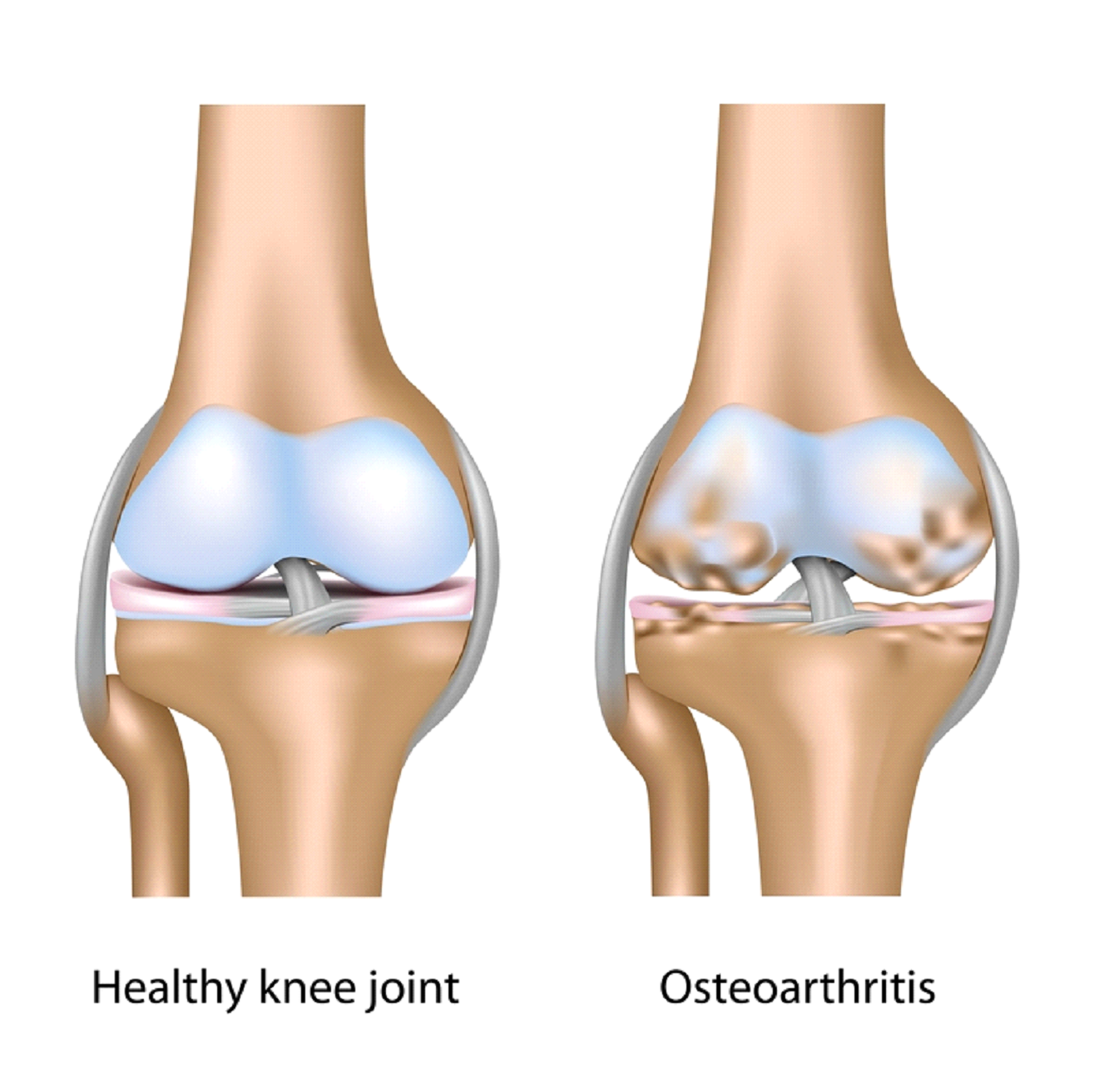
Osteoarthritis (OA) is due to gradual cartilage loss. It leads to pain, swelling, and stiffness.
Main Causes: Aging, Obesity, Previous injury, Genetics, Joint overuse.
Tablets:
Paracetamol, short-course NSAIDs. Avoid long-term use without doctor advice.
Injections:
Glucosamine and fish oil are commonly used in Australia and Sri Lanka. Evidence is mixed. May offer mild benefit and are safe for most. Use only with medical advice.
Surgery is an option only when:
Options: Total or partial knee replacement. Arthroscopy (keyhole surgery) is not recommended for OA alone.
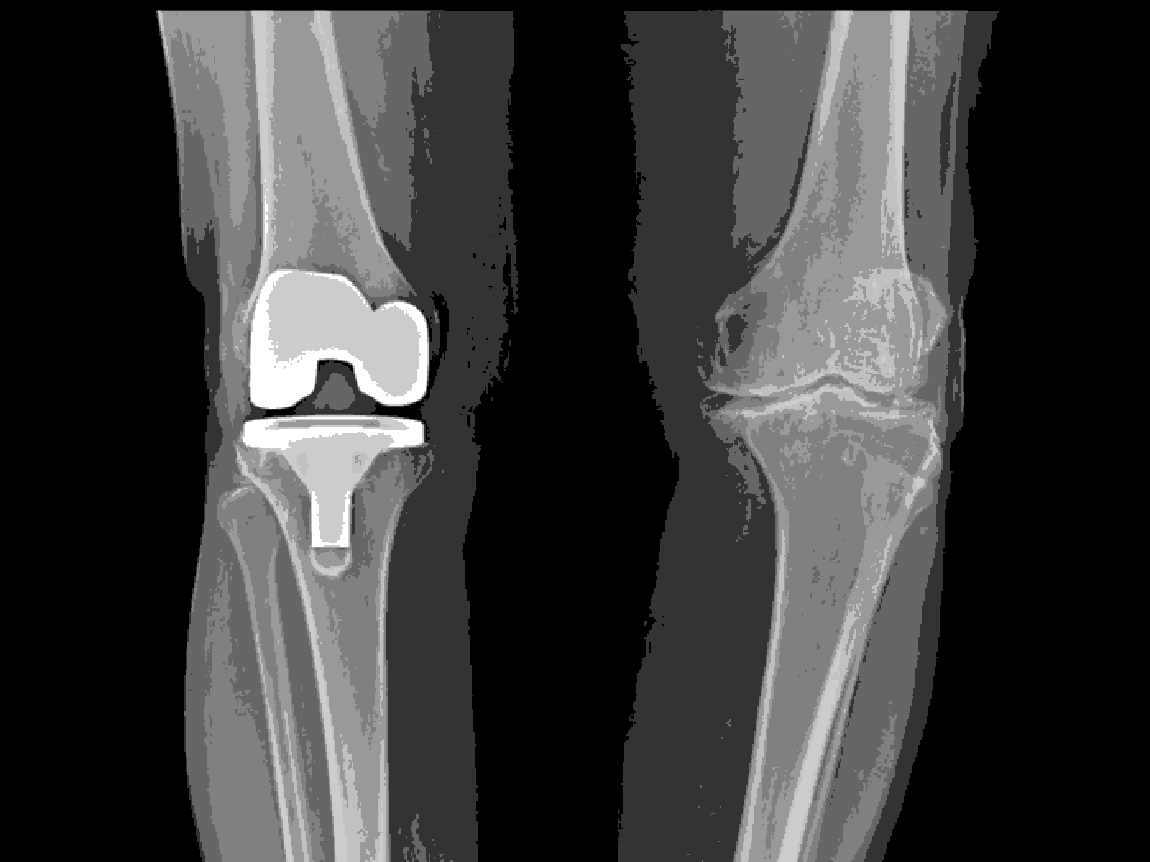
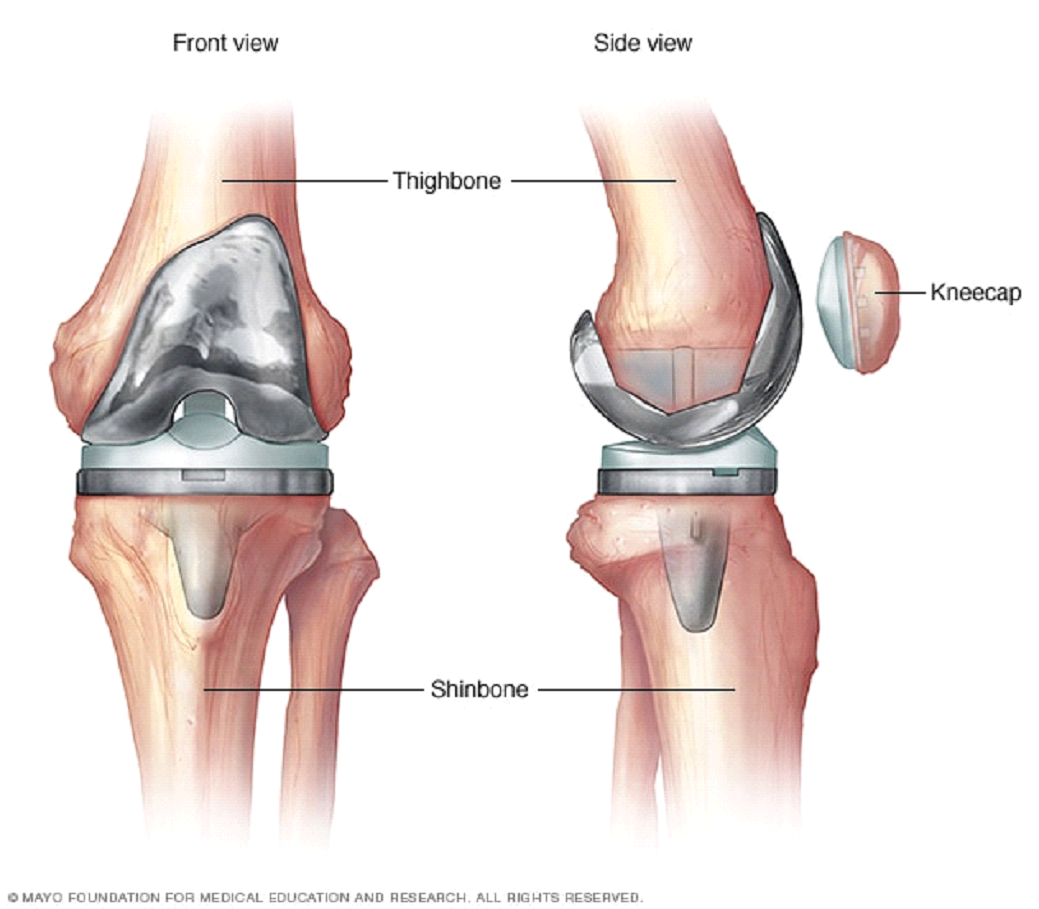
Knee OA is common, especially with age. Most people can avoid surgery with lifestyle change, exercise, and appropriate pain control. Work with your doctor and physiotherapist to manage your symptoms and preserve joint function.
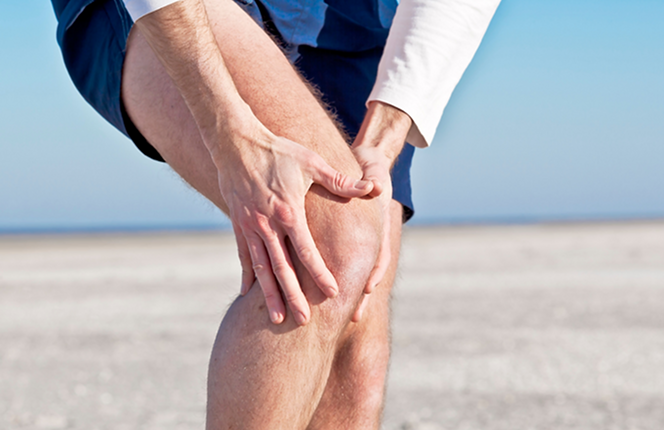
Contact us
© 2025 rheumatology
Design by PrideCC